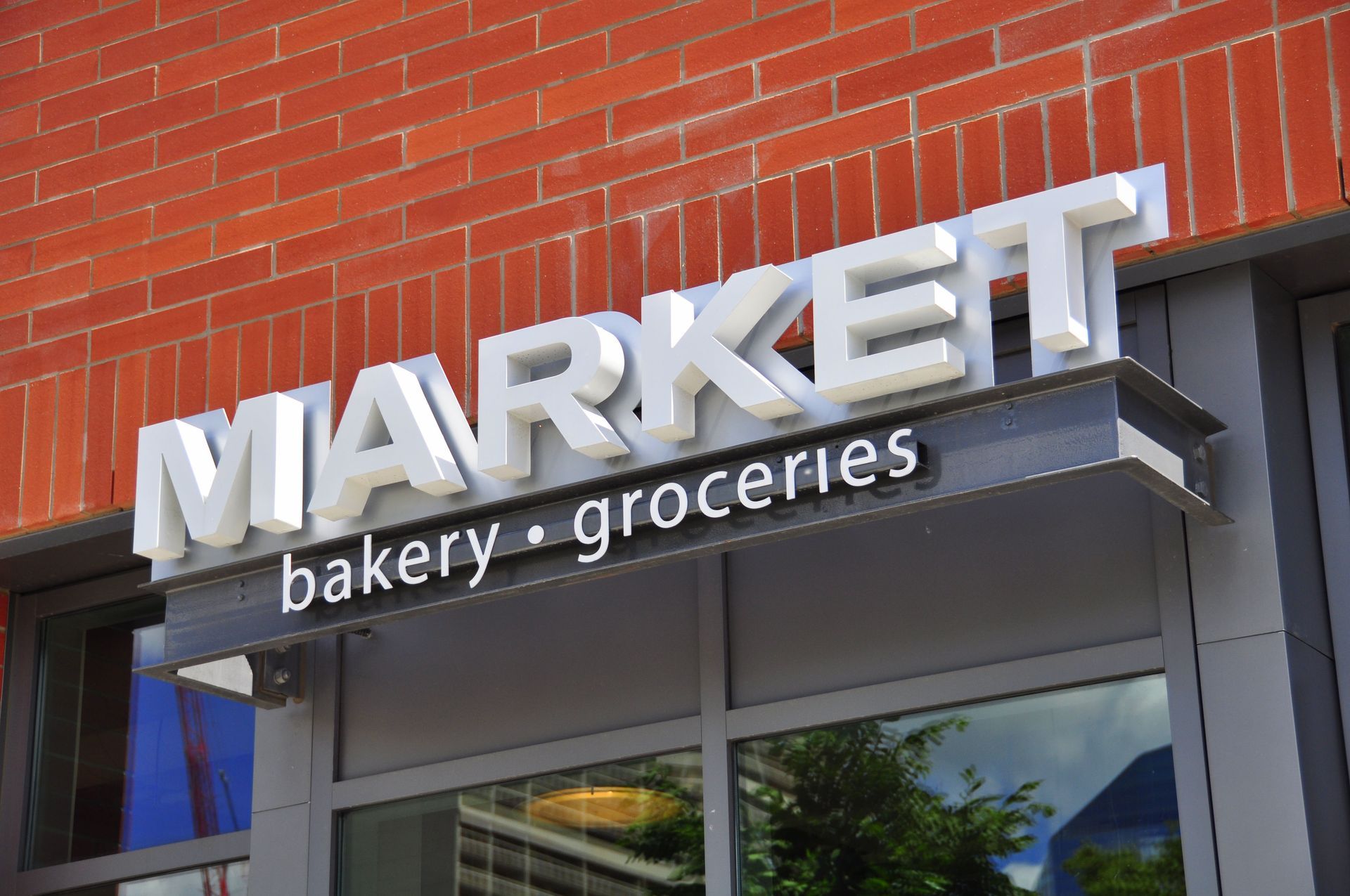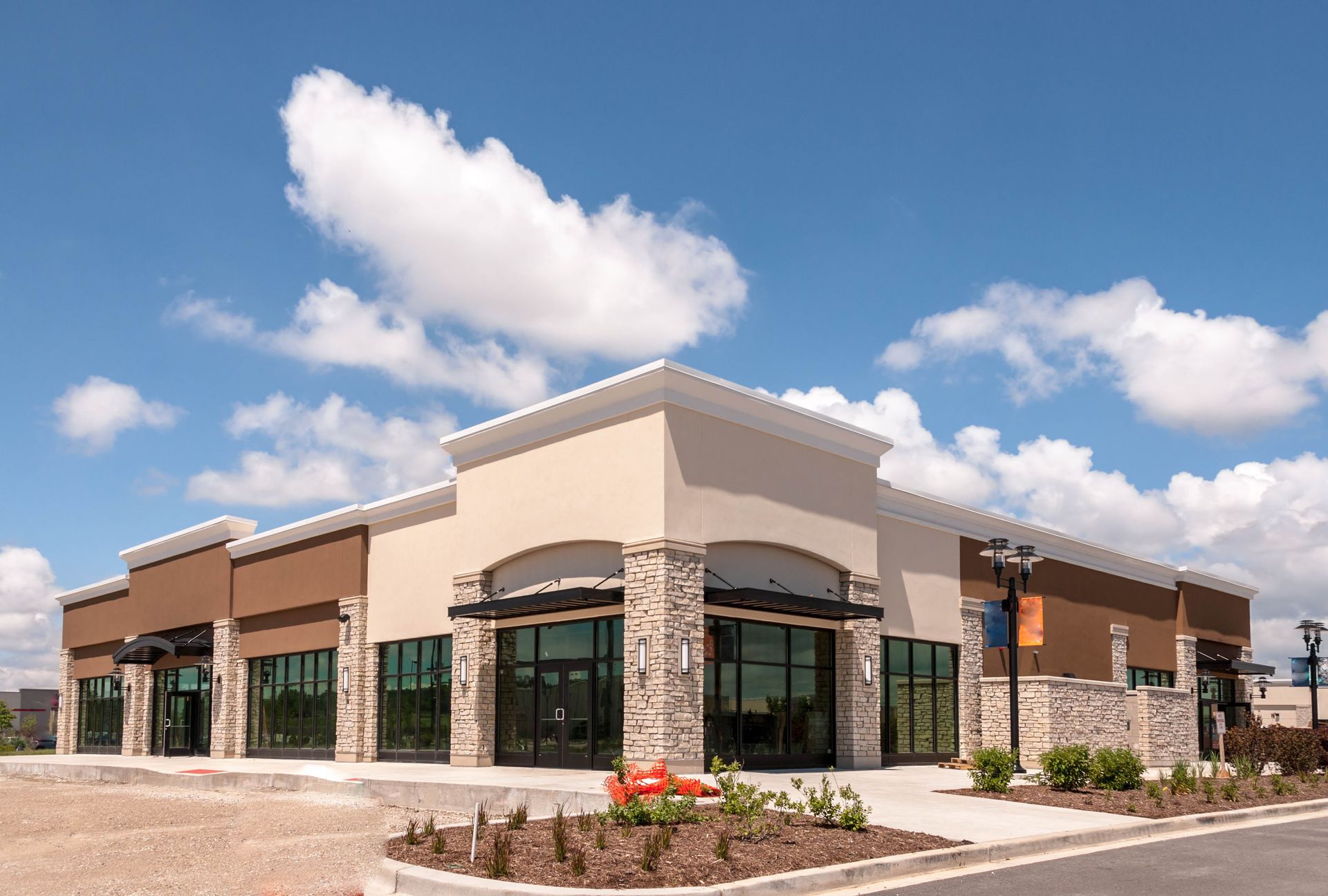6 Questions to Ask When Designing a Commercial Sign
Designing a commercial sign isn’t just about putting your business name on display—it’s about crafting a compelling visual communication tool that draws in customers, tells your brand story, and enhances your market presence. In today’s competitive landscape, businesses must be intentional with their signage strategy to stand out and convert attention into action. From understanding your audience to choosing the right materials, each element plays a critical role in shaping how your sign performs in the real world. This article explores six essential questions every business should ask during the design process to ensure their commercial sign serves as a powerful marketing asset.
1. Who Is Your Target Audience, and What Do They Expect?
Before you can design a sign that works, you must clearly define who it’s for. Understanding the demographics of your target audience—including age, gender, income level, and purchasing behavior—will influence everything from color choice to font style. For instance, a commercial sign targeting young adults might benefit from bright colors and playful fonts, while one aimed at older consumers should focus on readability and traditional design cues.
Going a step further, it’s important to assess the deeper needs and motivations of your ideal customer. What are they looking for? What emotional triggers do they respond to? Aligning the visual and textual elements of your signage with these preferences increases its effectiveness dramatically. If your message resonates, customers are more likely to engage.
Most importantly, your commercial sign must match your audience’s expectations. Whether they’re tech-savvy millennials or practical-minded parents, a mismatch in tone or style can cause confusion or apathy. Tailoring your message to your specific audience is essential for creating connection and driving response.
2. How Does Your Sign Reflect Your Brand Identity?
Your commercial sign should be a direct reflection of your brand. That means embedding your business’s core values, personality, and story into the design. Start by asking yourself what principles drive your brand. For a business focused on sustainability, this might mean using eco-friendly materials or emphasizing green imagery. For a high-end boutique, it might mean sleek lines and minimalist color schemes.
Consistency across all platforms is key to building recognition. Colors and fonts used in your sign should align with your other marketing materials to reinforce your identity. According to Signs.com, using contrast in your sign’s text or background color can increase viewer response by 20% or more. Strategic color choices, when aligned with brand standards, not only improve visual appeal but also enhance recall.
Don’t forget to integrate your brand story. Whether it’s your humble beginnings or your mission to serve the local community, adding narrative elements can humanize your business and deepen customer connection. A compelling story transforms a commercial sign into more than an advertisement—it becomes a brand ambassador.
3. What Is the Primary Goal of the Sign?
Every commercial sign should have a clearly defined purpose. Is it meant to inform, such as displaying business hours or location? Or is it designed to persuade, prompting customers to visit your store or inquire about services? These goals will determine the messaging, tone, and layout of the sign.
Informative signage should be clear and concise, prioritizing legibility. On the other hand, persuasive signage may use dynamic language, vibrant visuals, and a compelling call to action. Understanding this distinction ensures your commercial sign communicates the right message to the right people at the right time.
Your sign can also serve specific promotional objectives. Highlighting a product, a seasonal sale, or a limited-time offer can increase interest and urgency. By showcasing your most attractive offerings, you position your business as relevant and competitive. In all cases, the goal of your signage should tie back to broader marketing and branding strategies to maintain cohesion and clarity.
4. Where Should You Place Your Sign for Maximum Impact?
The placement of your commercial sign can make or break its effectiveness. Begin by evaluating traffic flow, both pedestrian and vehicular, in your area. Position the sign where it naturally catches attention, such as near intersections, high-footfall walkways, or popular shopping zones.
Visibility also depends on sight lines, distance, and lighting conditions. A sign placed too high, too low, or at an awkward angle can be easily missed. Consider how your sign appears at different times of day and from multiple viewpoints to ensure it remains legible and attractive.
Compliance is another critical factor. Local zoning laws and signage regulations dictate what you can install, where you can place it, and how large or illuminated it can be. Failing to meet these requirements can lead to costly fines or forced removal. Always check with your local authorities before installation to avoid setbacks.
Lastly, consider environmental exposure. If your sign is outdoors, materials must withstand wind, rain, and sun without fading or deteriorating. Choosing weather-resistant components ensures your sign maintains its visual appeal and structural integrity over time.
5. What Materials and Technologies Will Best Serve Your Needs?
Not all signs are created equal—especially when it comes to materials. A durable commercial sign built with high-quality components may require a larger upfront investment but often results in lower long-term maintenance costs. Materials like aluminum, acrylic, or polycarbonate offer excellent resilience, while finishes like UV coating can help signs resist sun damage.
As technology evolves, more businesses are incorporating digital and interactive features into their signage. LED displays can rotate messages based on time of day or audience behavior, while touchscreens or QR codes offer interactivity. These modern elements not only attract attention but also provide valuable engagement opportunities.
Energy efficiency is another growing concern. LED lighting consumes significantly less power than traditional options and offers bright, consistent illumination. Solar-powered signage is also becoming more popular for environmentally conscious businesses. Choosing energy-efficient solutions not only reduces operating costs but also demonstrates corporate responsibility—a value many modern consumers appreciate.
6. How Will You Evaluate the Sign’s Performance?
Designing and installing a commercial sign is only the beginning. Measuring its performance is vital to ensure it’s delivering value. Start by setting clear Key Performance Indicators (KPIs), such as increased foot traffic, sales conversion, or customer inquiries after installation. These benchmarks give you measurable outcomes to assess return on investment.
Customer feedback is another valuable metric. Surveys and direct questions can reveal how customers perceive your sign—whether they noticed it, found it helpful, or were influenced by it. Feedback collected through digital platforms, in-store conversations, or email campaigns provides qualitative insights to complement quantitative data.
In addition, technology offers tools for tracking engagement. Heat maps, motion sensors, or even digital cameras can help analyze how customers interact with your signage. These insights can inform future design or placement decisions, making your overall signage strategy smarter and more effective. Continual assessment ensures your commercial sign remains a dynamic and responsive marketing asset.
Designing an effective commercial sign is a strategic process that demands attention to detail, a deep understanding of your audience, and a commitment to brand integrity. By asking the right questions—about your audience, goals, materials, and more—you can create signage that not only captures attention but also converts it into action. With thoughtful placement, strong visual design, and clear performance metrics, your commercial sign becomes more than a visual cue—it becomes a key player in your business’s success. Partner with Promotional Signs today to design a commercial sign that turns heads, builds your brand, and drives real results.





Share On: